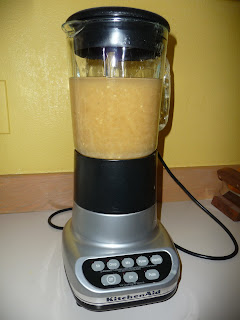 I'm up in the mountains right now and, while I haven't had much chance to blog (no Internet connection in the cabin), I have had a lot of time to soak up all the fresh air and fresh water up here.
I'm up in the mountains right now and, while I haven't had much chance to blog (no Internet connection in the cabin), I have had a lot of time to soak up all the fresh air and fresh water up here.My phone does still keep me marginally connected with emails and I've received two this week from various organizations telling me about HR 2454 - The American Clean Air and Security Act. It was enough to prompt me to head over to the local WiFi hotspot and pass along the info...
Congress is voting in the next few days on this bill which would move the US dependence away from oil and coal to renewable sources including wind turbines and solar panels. Find out more about it and, if its something you support, contact your representative. This link comes from the World Wildlife Foundation and gives you an easy to fill out template that goes right to the appropriate people.
Here in the mountains, its easy to see the vast possibilities of wind power and the benefits by just breathing in the fresh air. Every area is different, but there are clean ways to harness the Earth's resources - whether that be wind, water, or sun. Here is a picture of a wind turbine farm that I saw yesterday in the middle of an apple orchard.


To me, this issue is a perfect example of Our Kids' Earth. This is one chance we have to make a change today that will impact the future of our children much more than ours.





